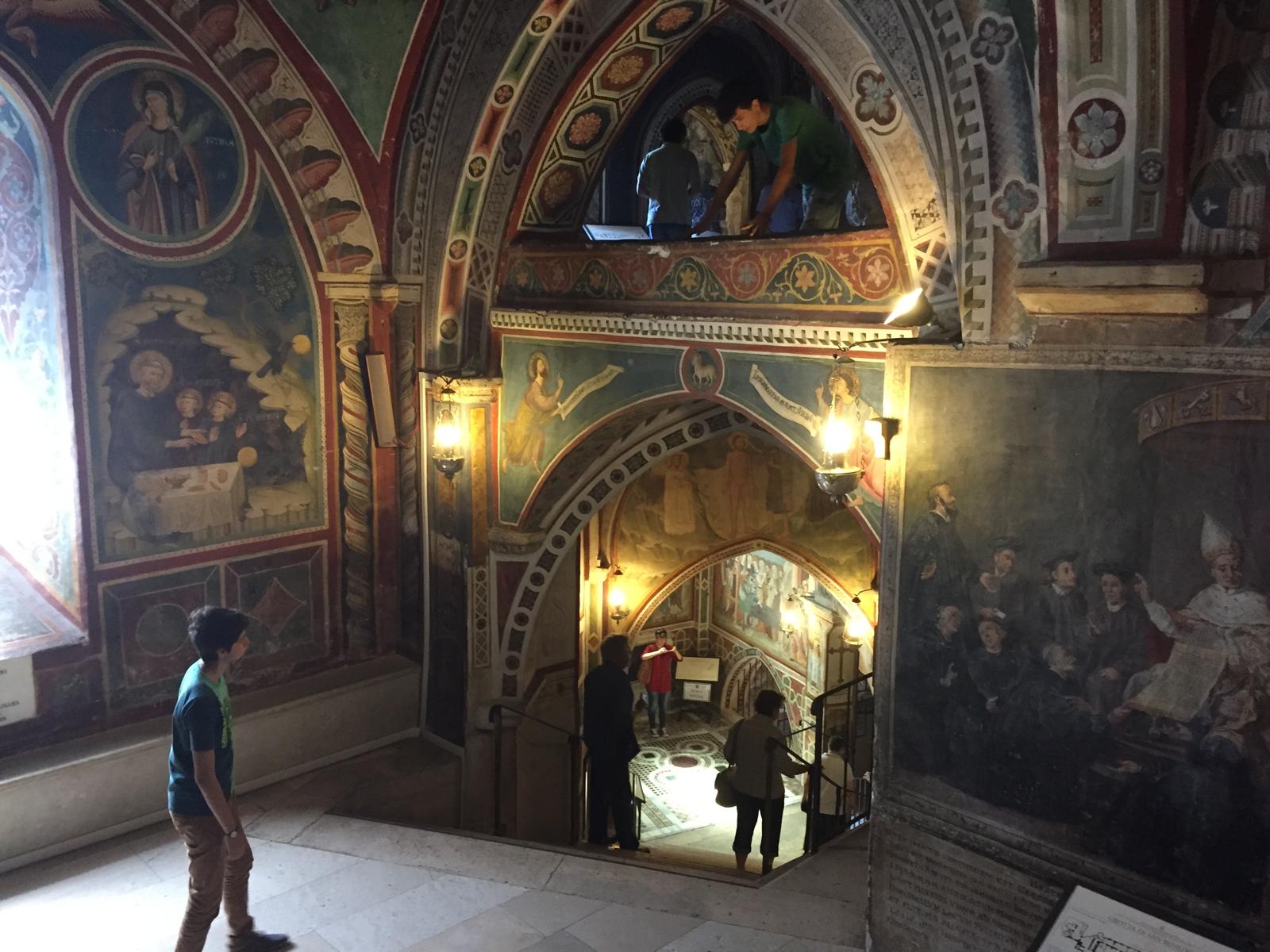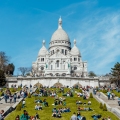Images by Silvia Costantini
Getting to the most sought-after destinations oftentimes demand certain sacrifices. The Monastery of San Benedetto, better known as Sacro Speco, is one of them. To reach its doors, one must climb 300 steep steps uphill. However, the effort is worthwhile.
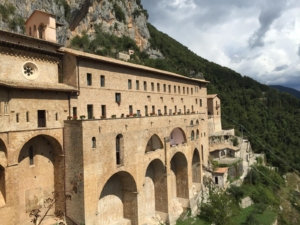
Perched on the rock of Mount Taleo, this Benedictine complex, better known as Sacro Speco, is the dominant feature of the whole valley. The austere beauty of the monastery harmoniously blends with the warm colors of the limestone, its palette changing according to the light of day.
Its origins date back to the 6th century, when St. Benedict of Nursia himself found refuge in this wild, rugged place. In this (still) unspoiled natural setting, he wrote the Benedictine Rule, which would revolutionize Western monasticism.
Ora et Labora

According to legend, St. Benedict, tormented by the devil, took refuge in a cave on Mount Thales, where he lived as a hermit for three years. There, he developed the concept of a monastic life based on prayer and work, summarized in the famous Benedictine motto, ora et labora. In 529, he left the cave and established the monastery, which he built with the assistance of his disciples.
The complex swiftly became a center of culture and spirituality, attracting novices from across Europe. The Regula Sancti Benedicti, which Benedict wrote in Subiaco, became the foundation of Western monasticism and profoundly shaped medieval society.
The Benedictine Rule establishes a lifelong bond between monks and their monastery, based on the communal dimension of cenobitic life, guided by three fundamental principles: silence, humility, and obedience.
The Lower and Upper Churches
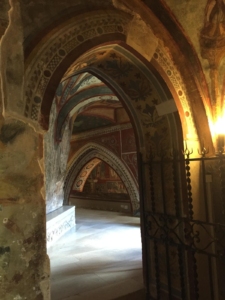
The monastery of Subiaco houses two churches of great artistic value: the lower and the upper. The lower church was built in the 9th century, its frescoes including rare, beautiful typical Christian motifs. The figures, austere and hieratic, are set against a typical Byzantine golden background.
The upper church dates back to the 12th century and is decorated with frescoes of the Sienese and Umbrian-Marchigian school. Among the most significant works are the “Flagellation of Christ,” the “Flight of the Apostles,” and the “St. Francis without stigmata,” considered the oldest portrait of the saint.
But the monastery of Subiaco is more than its two churches. Among the treasures to be discovered are the hermitage of St. Columba and the famed library.
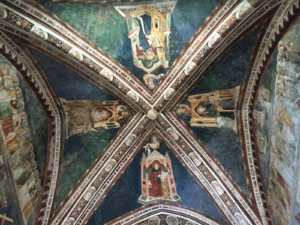
The hermitage of Columba is a small cave nestled in the rock, where St. Columba, a disciple of St. Benedict, lived in retreat. The library preserves ancient manuscripts, incunabula, and parchments of inestimable historical and cultural value. This collection of ancient texts testifies to the central role the monastery played in the preservation and dissemination of knowledge during the Middle Ages.
A visit to the Monastery of San Benedetto means stepping back in time and taking a deep dive in history, culture, religion, and breathtaking natural beauty. The climb might be tough, but the reward is a profound experience that stays with the pilgrim long after the descent from the mountain. If you are looking for spiritual enrichment, artistic inspiration, or just a glimpse into the life of a Benedictine monk, Sacro Speco offers a perfect experience.



